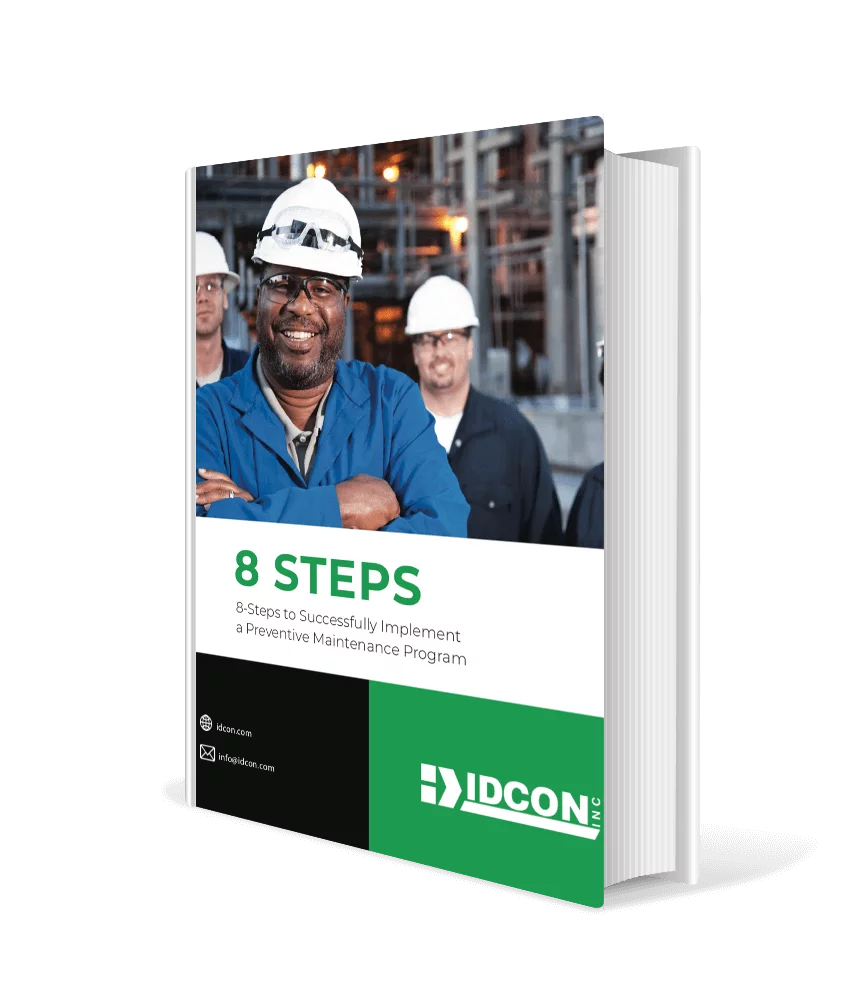Maintenance Training should always include “why” someone is doing a task. I’m going to tell you a story about my early days in maintenance to help you understand why knowing “Why” is an effective way to train your maintenance team.
When I was seventeen years old I joined the Swedish Merchant Marines as an apprentice in the engine room of M/T Sven Salen, a 40,000 d.w.t. oil tanker with 24,000 hp on two huge diesel engines. At that time, this was one of the largest ships in the world and the largest to go through the Suez Canal.
The diesel engines on this ship were 35 ft high and had a cylinder diameter of three feet and a stroke of seven feet.
They were huge machines! In addition to the propulsion engines, the ship had diesel engines and turbines for generation of electric power and boilers for turbine driven pumps and heating of the grade-four fuel oil and cargo.
It also had big air compressors for startup air, refrigeration units for food storage, lubrication and fuel oil cleaning separators, and a lot of other equipment.
Each trip from Gothenburg, Sweden, to Kharg Island in the Persian Gulf took 42 days, with only one or two days to load and unload cargo. This was the only opportunity we had to do all preventive and corrective maintenance on the equipment.
On one trip, we came to a shipyard in Palermo, Sicily, to do some repairs on the hull. “Great,” I thought. “Now I can take some time off and visit the libraries and museums the more senior crew members always talk about.”
However, upon arriving in Palermo, I learned that I had to work and would not get to go ashore.
The first engineer told me to remove all the crank case covers on both engines. Each engine had eight crank case covers, and these were six feet high and three feet wide.
When that was done, he told me to take the special ladder we had for climbing up to the cross head through the crank case and to apply it safely on the connecting rod. Then, taking a hammer with me, I was to knock every bolt and nut I saw from the crank case down to the crank shaft. He never said WHY—only DO IT.
As a young man, I wanted to do other things besides knocking bolts in a crank case when the ship came to a port, especially since I did not know why I was knocking all the bolts in sixteen crank cases.
Instead of indulging in my passion to learn more about foreign countries, I was knocking bolts in a hot engine room at $0.50/hour (1960).
As I mentioned before, I did not know WHY I was knocking bolts, making it more boring than was necessary.
This, in turn, convinced me to skip occasional bolts—especially the ones that were hard to reach—so I could get the job done faster.
One day six months later, I was on board another ship in another port. Again, I was told to knock bolts in the crank cases. In doing so, I knocked a bolt that sounded differently than all other bolts. It was a sound without resonance—a dead sound. Then I understood WHY I was knocking bolts—I was checking for loose ones, and this was a very important preventive maintenance inspection.
After that day, I never missed knocking a bolt or nut, because it made sense to do it now when I knew WHY I did it and what sort of impact a failure could have on the crew’s safety and the ship’s operation.
In my work as a management consultant in industrial operations and maintenance, I frequently see the need for “Know WHY” training.
If people do not know WHY you want them to do something, you cannot expect them to be committed or to take on responsibilities.
Training your maintenance technicians must include asking if they know why they are doing something.
I think that we often take it for granted that people know WHY they must do basic things like knocking bolts. So, we must also understand that people will not necessarily ask about things that seem to be very basic.
Classical examples of the lack of “know WHY” include not understanding the following “WHYs”:
- Organizations must continuously improve their performance.
- Operations, maintenance, and engineering must work as a close team without barriers.
- Both management and craftspeople must continue to eliminate demarcation lines.
- A hot bearing must be cooled on the shaft, not on the bearing housing.
- A bearing must not be over-greased.
- Electric motors must be kept clean.
- Some heaters or coolers have zinc or magnesium plugs installed.
- Groove bottoms in V-belt sheaves must not be shiny.
I have especially seen the need for “know WHY” training when companies start including operators in inspections and other maintenance work. Often, we do the training for operators, but suggest that maintenance craftspeople attend so they can become the future instructors. It is very common that the craftspeople themselves then discover that they also need “know WHY” training!
Consider Preventive Maintenance training support from IDCON:





